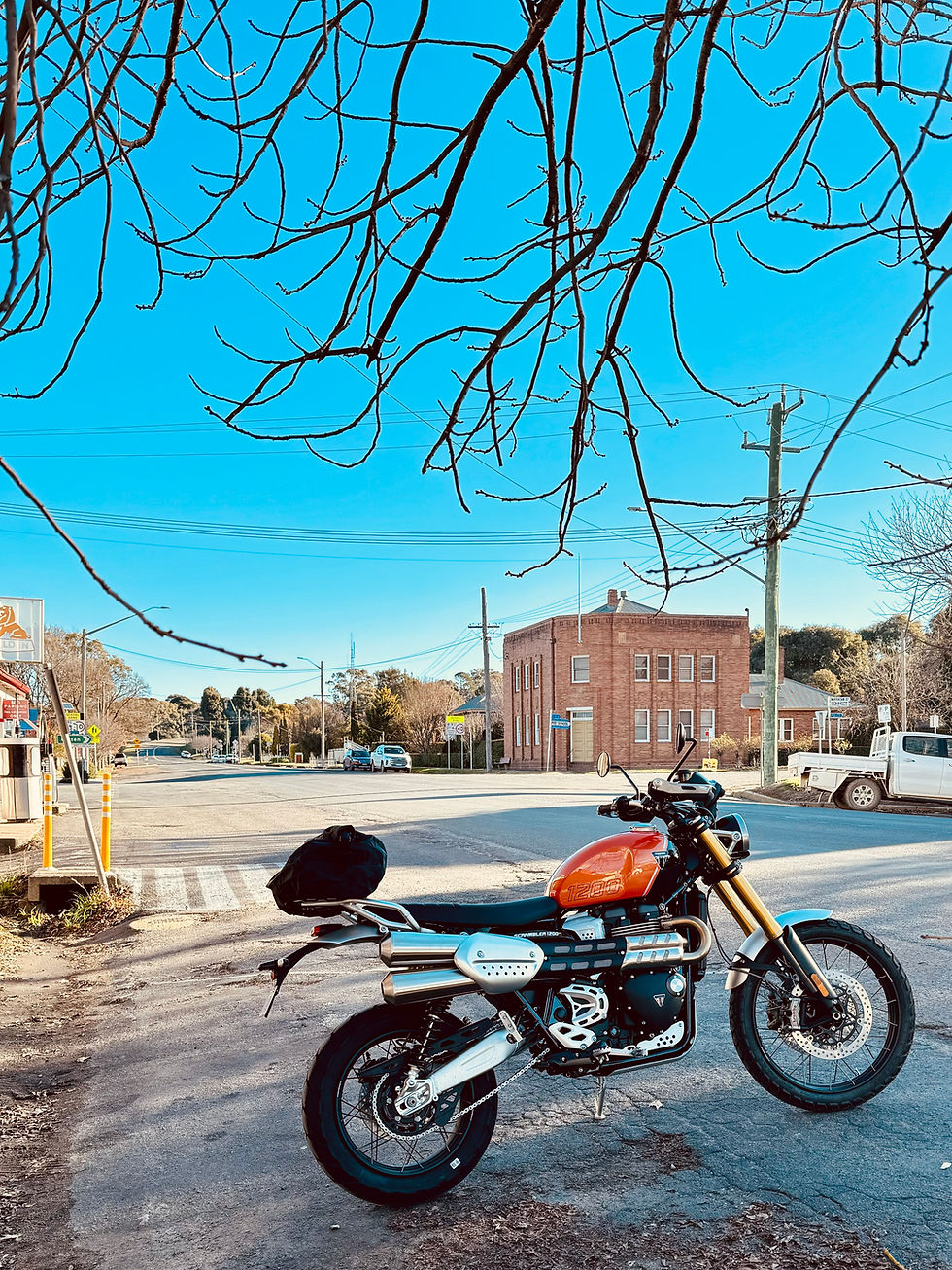Off the Beaten Path in Ancient Rome
- gretsch2102
- Aug 26, 2023
- 2 min read
The Temple of Hadrian in Rome is one of the city's enduring symbols of its ancient grandeur. Erected in honour of Emperor Hadrian (reigning 117-138 AD) by his adopted son and successor, Antoninus Pius, in 145 AD, the temple stood as a testament to Hadrian's impact on the Roman Empire.
Hadrian, known for his passion for architecture and art, extensively travelled his empire, resulting in diverse architectural innovations in Roman constructions. However, the Temple of Hadrian wasn't built during his lifetime. Instead, it was a posthumous tribute to the emperor, celebrating his legacy and contributions.
Originally, the temple was erected within a larger rectangular precinct surrounded by a colonnade. Of the temple's original features, eleven Corinthian columns from the north side and parts of the cella wall survive today. These columns, made of Proconnesian marble (meaning 'from Marmara Island' in modern Turkey), bear witness to the opulence and grandeur of the temple in its heyday.
Over the centuries, like many ancient structures in Rome, the Temple of Hadrian underwent numerous transformations. In the 17th century, the surviving remains of the temple were incorporated into a papal palace by architect Carlo Fontana. Today, this edifice is the home of the Rome Stock Exchange.
No, despite what your trusty guide might tell you, the holes in the facade and columns are not from cannon and shell but from the pegs supporting the marble slabs that covered the magnificent structure.
Despite the ravages of time and multiple reconstructions, the Temple of Hadrian remains a significant historical site. It not only pays homage to one of Rome's greatest emperors but also serves as a tangible link to the architectural and cultural prowess of the Roman Empire.
Now buy my book, THE VALLEY!











Comments